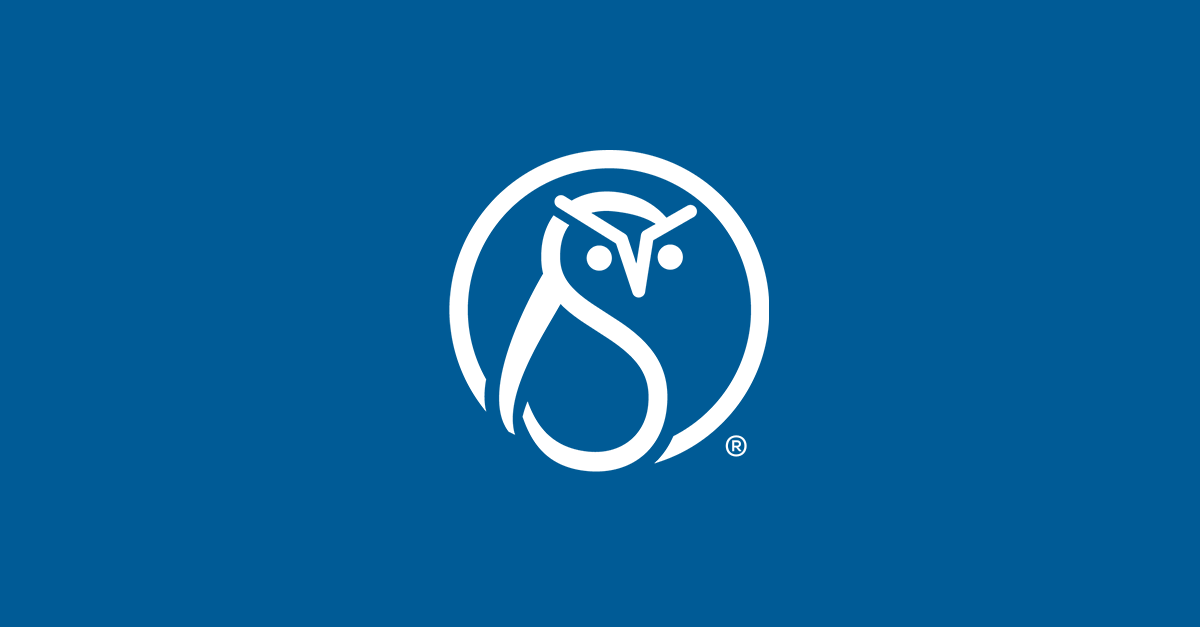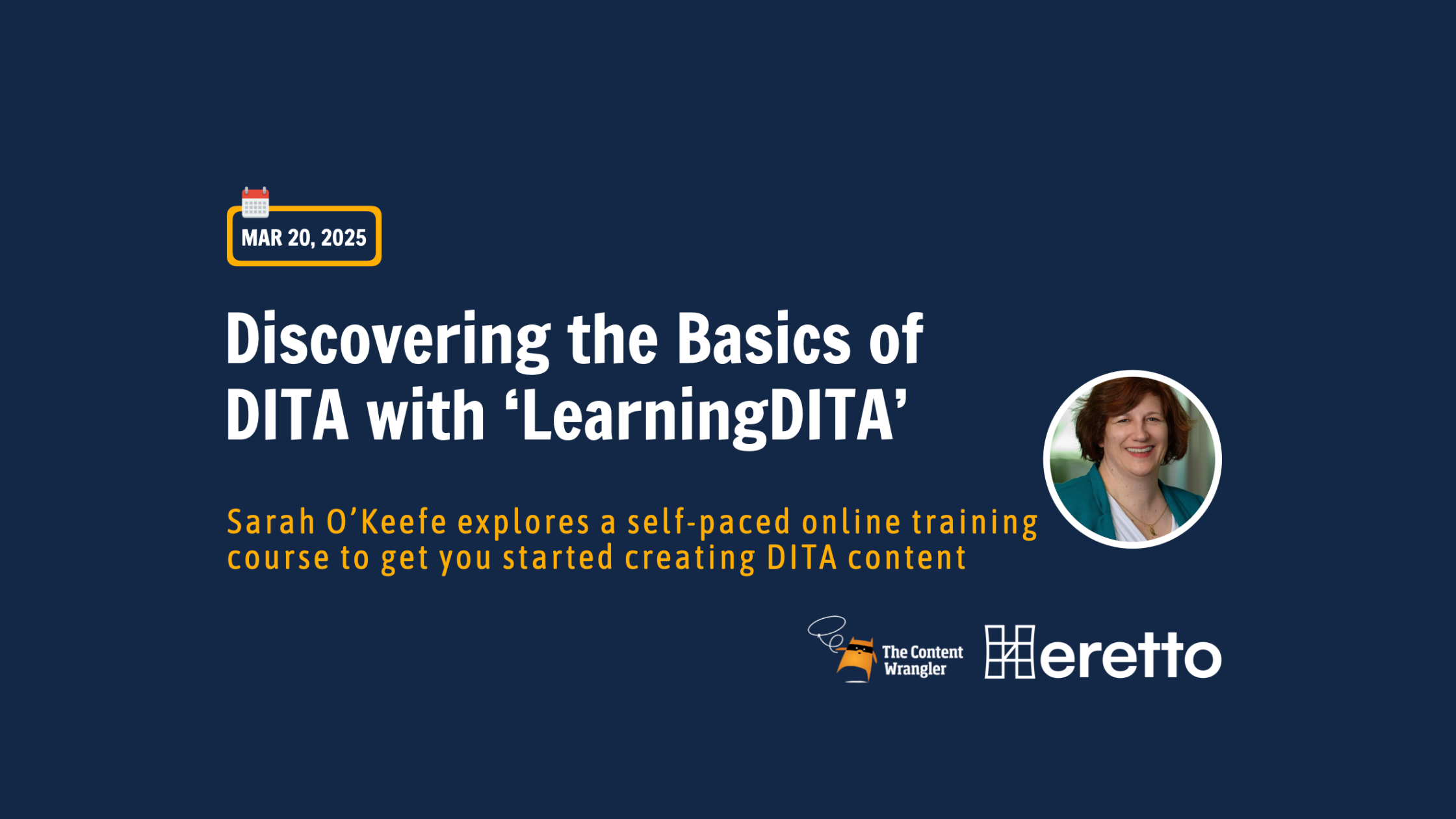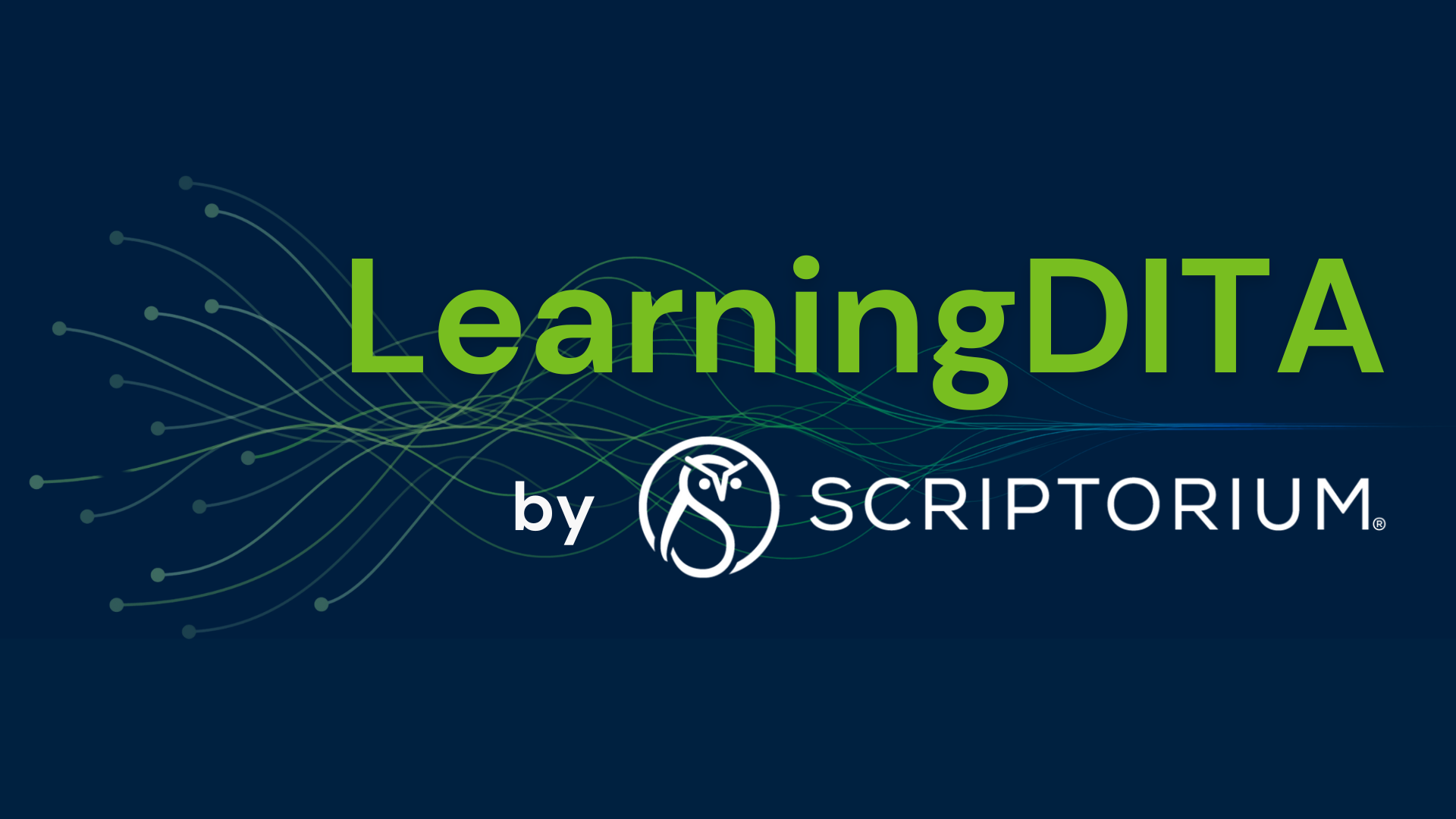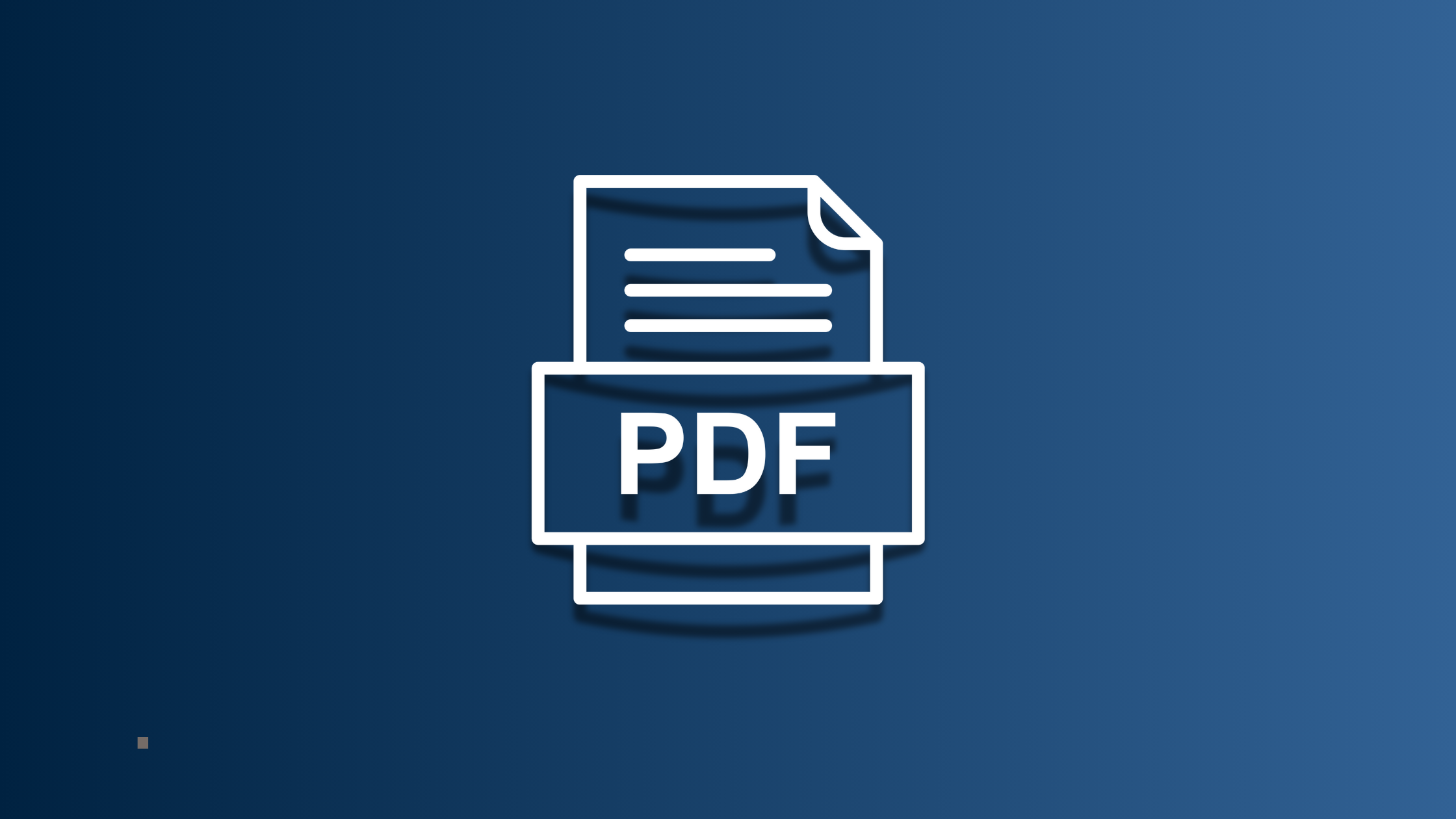DITAWORLD 2025
Online event, June 3rd—5th
June 4th panel discussion: Empathy is not a prompt
Risks and Chances of Technical Content Services in an AI-first World
In an era where AI is reshaping how we create, deliver, and consume technical content, what remains uniquely human? Join moderator Stefan Gentz and industry experts Sarah O’Keefe, Bernard Aschwanden, and Markus Wiedenmaier as they explore the evolving role of empathy, ethics, and human judgment in content services.
This session will dive into the promises—and pitfalls—of AI-driven automation in tech comm. From content accuracy and bias to transparency, user trust, and the subtle nuances of tone and intent, we’ll examine what AI gets right, where it falls short, and how content professionals can shape a future that’s both efficient and empathetic.
Whether you’re embracing AI tools or cautiously navigating their rise, this panel will offer grounded insights and bold questions to help you lead with clarity in an AI-first world.
Register for DITAWORLD 2025 to hear Sarah speak in this live panel discussion!








